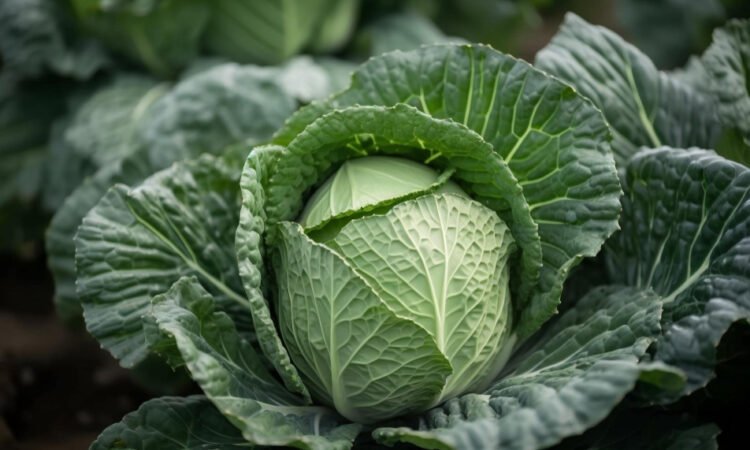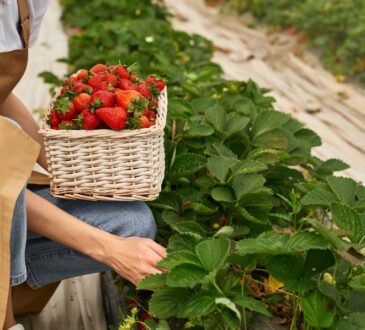
Growing cabbage at home in pots is a feasible option, especially for those with limited space. Here’s a step-by-step guide:
Materials Needed:
- Large pots or containers with drainage holes (at least 12 inches deep and wide)
- High-quality potting mix
- Cabbage seeds or seedlings
- Watering can or hose
- Fertilizer (optional)
- Mulch (optional)

Steps to Grow Cabbage in Pots:
- Selecting the Container:
- Choose a large pot or container with drainage holes to allow excess water to drain. Cabbage plants have deep root systems, so the container should be at least 12 inches deep and wide.
- Preparing the Potting Mix:
- Fill the container with a well-draining potting mix that is rich in organic matter. You can also mix in some compost or aged manure to enrich the soil.
- Planting Seeds or Seedlings:
- If starting from seeds, plant 2-3 seeds about 1/4 inch deep in the center of the container. Once seedlings emerge and develop a couple of true leaves, thin them out, leaving only the healthiest seedling.
- If using seedlings, gently transplant them into the prepared potting mix, spacing them at least 12-18 inches apart.
- Placement and Sunlight:
- Place the pot in a location that receives full sunlight for at least 6-8 hours per day. Cabbage plants prefer cool temperatures and thrive in full sun to partial shade.
- Watering:
- Keep the soil consistently moist but not waterlogged. Water the plants deeply whenever the top inch of soil feels dry to the touch. Avoid overwatering, as it can lead to root rot.
- Fertilizing (Optional):
- Cabbage plants benefit from regular fertilization to promote healthy growth and development. You can use a balanced fertilizer or one formulated for vegetables. Follow the instructions on the fertilizer label for application rates and frequency.
- Mulching (Optional):
- Applying a layer of mulch around the base of the cabbage plants can help retain moisture in the soil, suppress weeds, and regulate soil temperature.
- Thinning (If Necessary):
- If you planted multiple seeds per hole, thin out the weaker seedlings, leaving only one sturdy plant per hole to ensure adequate space for growth.
- Pest and Disease Management:
- Monitor the cabbage plants regularly for signs of pests such as aphids, cabbage worms, or slugs, and treat any infestations promptly using organic or chemical methods.
- Practice good garden hygiene to prevent the spread of diseases, such as spacing plants properly and removing any diseased foliage.
- Harvesting:
- Cabbage heads are ready for harvest when they feel firm and solid to the touch. Use a sharp knife to cut the cabbage heads from the plant at the base. Leave the outer leaves intact to prolong the shelf life of the cabbage.
By following these steps and providing proper care, you can successfully grow cabbage in pots at home and enjoy a bountiful harvest of fresh, homegrown produce.




